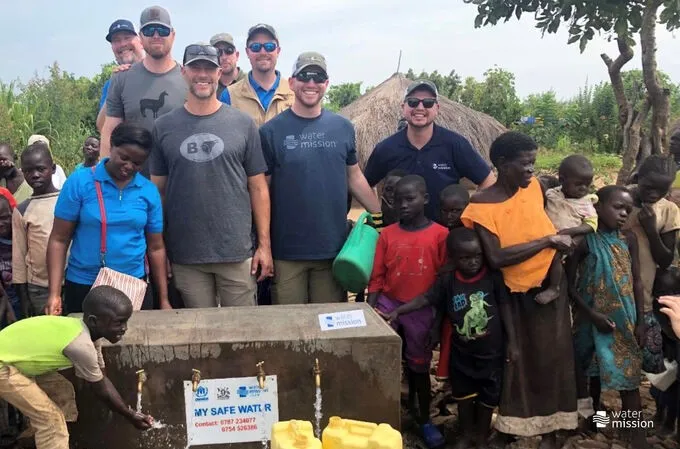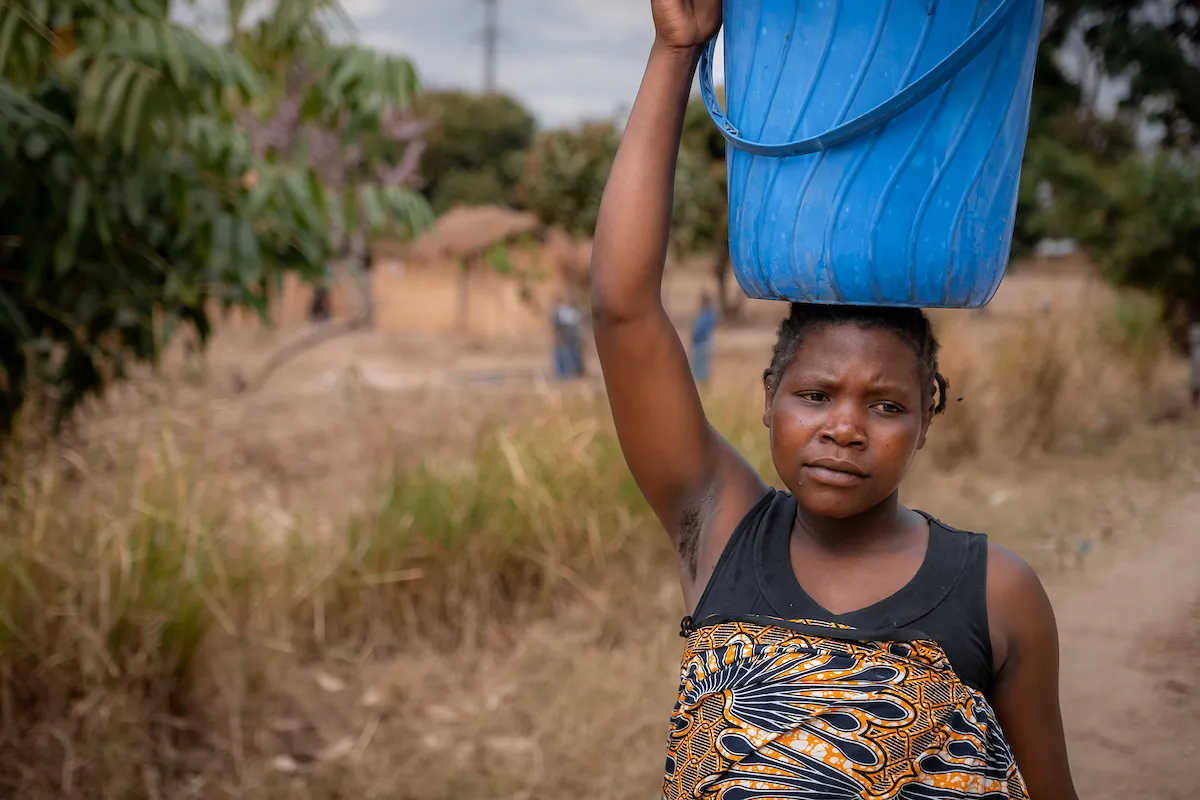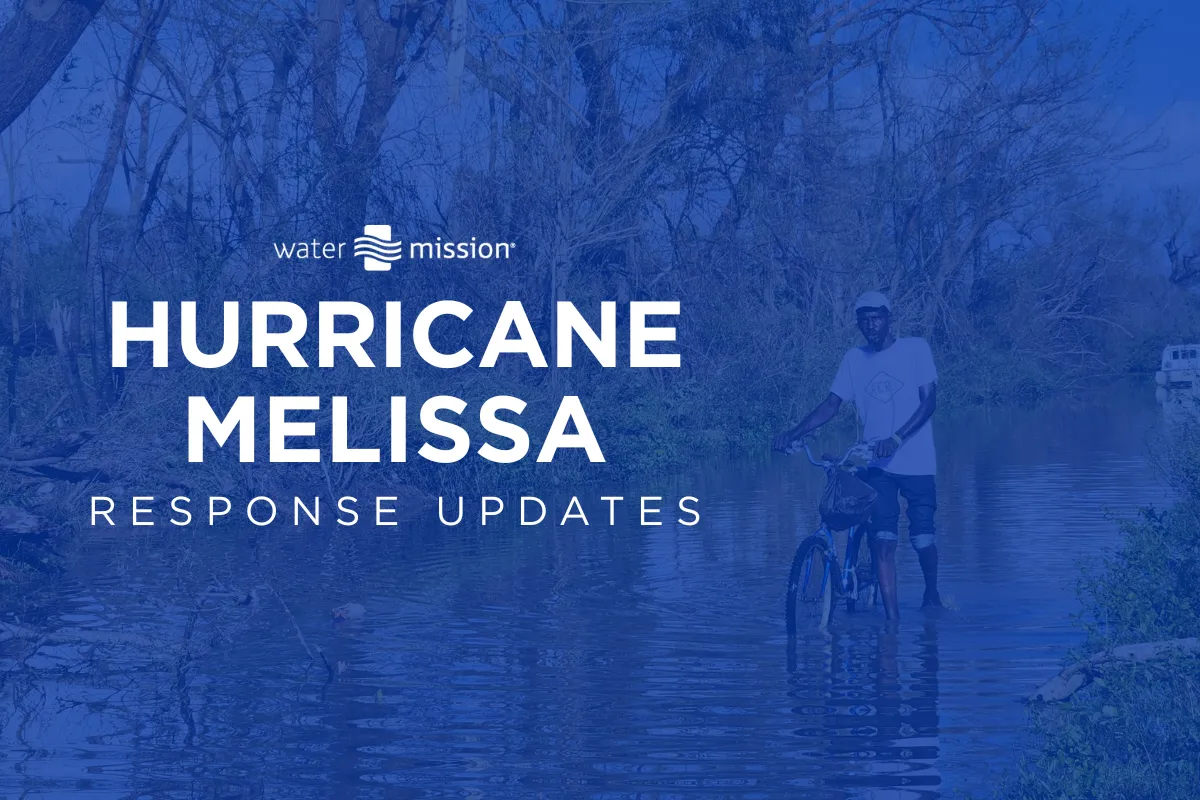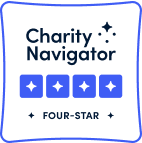Designing Data-Driven Technology with IBM

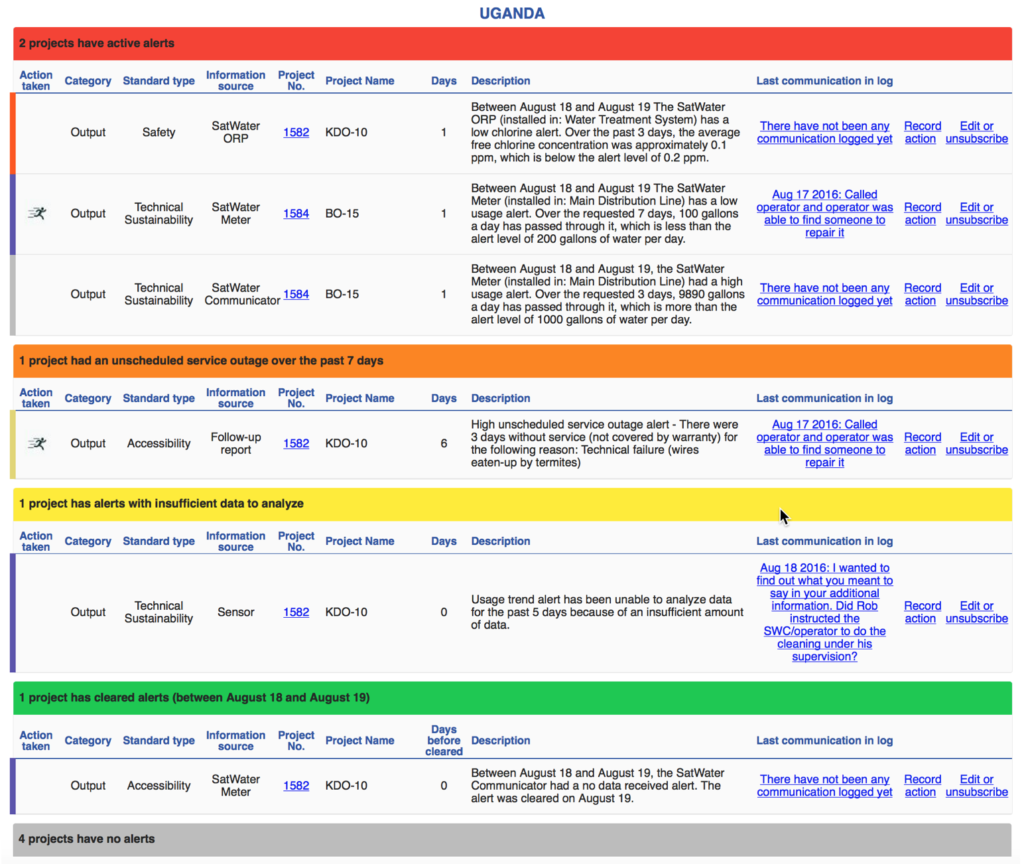 The alerts can signal many important factors, such as water usage, that lead to productive actions. If water usage is decreasing, it could mean that a tap is broken or the community is using a different water source. If water usage increases, it could indicate that the community is selling more water to nearby villages to improve the system’s financial sustainability. Alternatively, an increase in usage may mean that a pipe is broken and water is flowing outside of the access points.
The alerts can signal many important factors, such as water usage, that lead to productive actions. If water usage is decreasing, it could mean that a tap is broken or the community is using a different water source. If water usage increases, it could indicate that the community is selling more water to nearby villages to improve the system’s financial sustainability. Alternatively, an increase in usage may mean that a pipe is broken and water is flowing outside of the access points.
“Once the alerting dashboard is fully operational, our headquarters team can troubleshoot and react quicker with our in-country system operators and make better, informed decisions about future installations. Ultimately, it will serve our mission to ensure sustainable, safe water is flowing for people who need it.” – Ryan Reif, Water Mission Information Systems Manager
 Separately from the real-time dashboard, Water Mission is also conducting field trials, funded by the World Bank, on the viability and sustainability of solar-powered pumping and smart water dispensers (SWDs) on six safe water systems in Tanzania. Concurrently, data will be collected from three sources including weather stations, SWDs, and short message service (SMS) mobile surveys for a proof of concept of an early warning system. This early warning system, with study data analyzed by IBM jStart, will inform the behavior trends and patterns that could alert drought conditions and water insecurity issues in East Africa.
“When the system is integrated into the nonprofit’s existing proprietary monitoring system, our aim is to help build predictive models using the data,” says Ed Elze, program director, IBM jStart. “Ultimately, our goal is to better assess water usage behaviors and trends in the communities and better understand water insecurity in rural, sub-Sahara Africa.”
Aside from the impacts of drought and water insecurity on the lives of individuals, droughts and floods alone account for 70% of the economic losses in sub-Saharan Africa, including loss of agriculture and livestock as well as loss of household income. In the future, if governments and NGOs can alleviate the losses associated with floods and droughts, especially in East Africa, people living in these countries will be better equipped to manage the negative impacts of natural disasters.
The hope is that an early warning system utilizing the latest SWD technology will provide an edge to addressing climate insecurity, disaster risk management, and vulnerability and resilience in East Africa.
These analyses also pose many additional opportunities for us to measure changes in consumption behavior in response to variables such as targeted water, sanitation and hygiene (WASH) promotion activities, education, or training. Information on consumption patterns could also help decision makers create a more informed cost structure for each project, leading to improved project budget forecasting and our potential to increase financial sustainability.
Separately from the real-time dashboard, Water Mission is also conducting field trials, funded by the World Bank, on the viability and sustainability of solar-powered pumping and smart water dispensers (SWDs) on six safe water systems in Tanzania. Concurrently, data will be collected from three sources including weather stations, SWDs, and short message service (SMS) mobile surveys for a proof of concept of an early warning system. This early warning system, with study data analyzed by IBM jStart, will inform the behavior trends and patterns that could alert drought conditions and water insecurity issues in East Africa.
“When the system is integrated into the nonprofit’s existing proprietary monitoring system, our aim is to help build predictive models using the data,” says Ed Elze, program director, IBM jStart. “Ultimately, our goal is to better assess water usage behaviors and trends in the communities and better understand water insecurity in rural, sub-Sahara Africa.”
Aside from the impacts of drought and water insecurity on the lives of individuals, droughts and floods alone account for 70% of the economic losses in sub-Saharan Africa, including loss of agriculture and livestock as well as loss of household income. In the future, if governments and NGOs can alleviate the losses associated with floods and droughts, especially in East Africa, people living in these countries will be better equipped to manage the negative impacts of natural disasters.
The hope is that an early warning system utilizing the latest SWD technology will provide an edge to addressing climate insecurity, disaster risk management, and vulnerability and resilience in East Africa.
These analyses also pose many additional opportunities for us to measure changes in consumption behavior in response to variables such as targeted water, sanitation and hygiene (WASH) promotion activities, education, or training. Information on consumption patterns could also help decision makers create a more informed cost structure for each project, leading to improved project budget forecasting and our potential to increase financial sustainability.
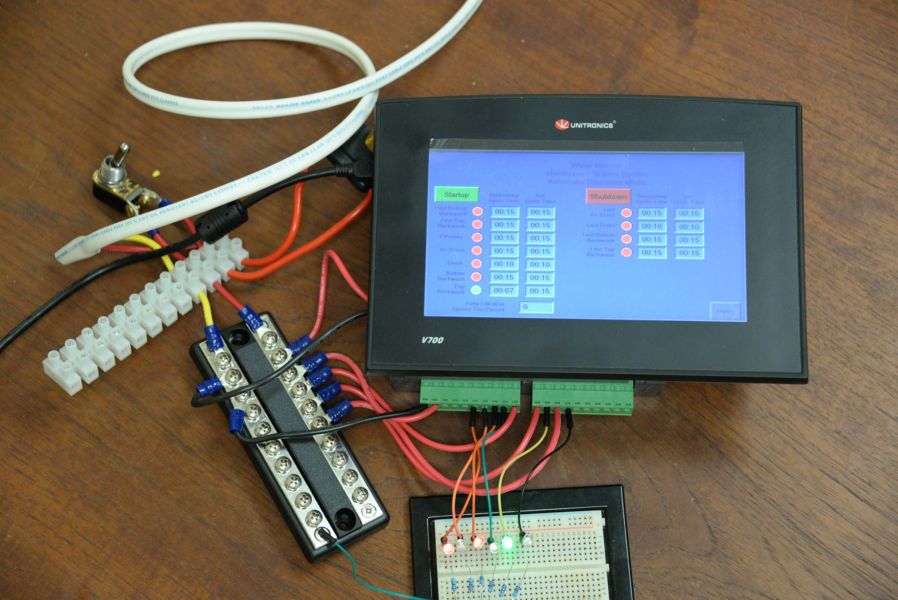 Lastly, as part of the collaboration, jStart is also advising our Research and Development team on programmable logic controllers (PLCs) on new membrane filtration systems that could potentially be used to redesign the original safe water treatment system. Since the new membrane filters require an automated backwash every 20 minutes, PLCs would be a cost effective solution to automate the controls. Pilot studies are underway to evaluate new filtration systems using PLCs and the potential data output.
Learn more about our work with IBM jStart here.
Lastly, as part of the collaboration, jStart is also advising our Research and Development team on programmable logic controllers (PLCs) on new membrane filtration systems that could potentially be used to redesign the original safe water treatment system. Since the new membrane filters require an automated backwash every 20 minutes, PLCs would be a cost effective solution to automate the controls. Pilot studies are underway to evaluate new filtration systems using PLCs and the potential data output.
Learn more about our work with IBM jStart here.
Related Impact Stories


